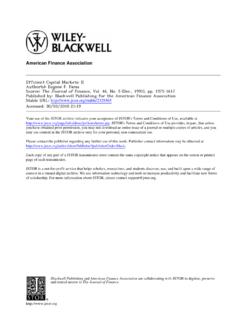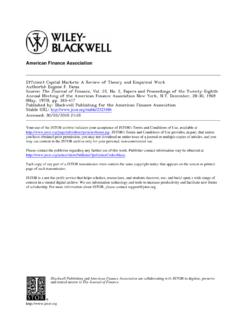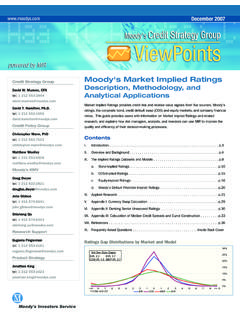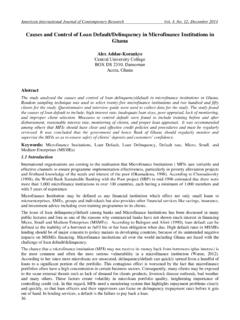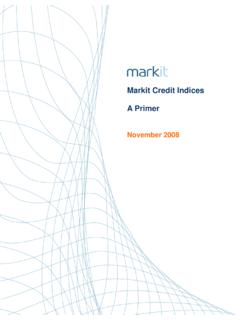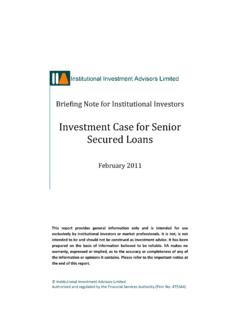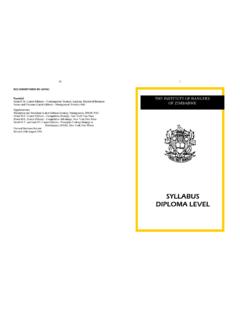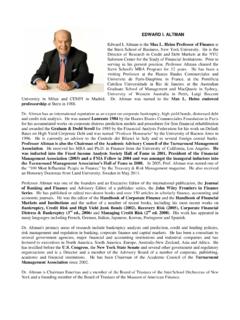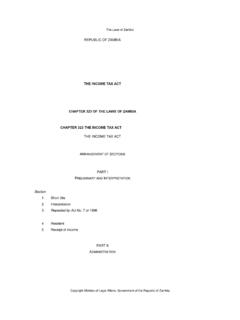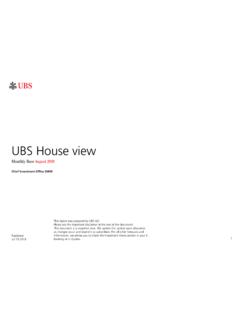Transcription of SPECIAL COMMENT Corporate Default and …
1 SPECIAL COMMENT GLOBAL Corporate FINANCE FEBRUARY 28, 2011 Table of Contents: SUMMARY 1 INTRODUCTION 2 DEFAULTS SLOWED DOWN CONSIDERABLY IN 2010 2 Default RATE OUTLOOK FOR 2011 7 RATING ACCURACY METRICS 9 MOODY S RELATED RESEARCH 12 DATA TABLES AND CHARTS 13 GUIDE TO DATA TABLES AND CHARTS 60 METHODOLOGY AND DATA SOURCES 61 Analyst Contacts: NEW YORK Sharon Ou Assistant Vice President - Analyst David Chiu Associate Analyst Albert Metz Managing Director - Credit Policy Research Corporate Default and recovery rates , 1920-2010 Summary This report comprises Moody's twenty-fourth annual Default study in which we update statistics on the Default , loss, and rating transition experience of Corporate bond and loan issuers for 2010, as well as for the historical period since 1920.
2 This study covers financial institutions, non-financial corporates, and regulated utilities which have long-term debt ratings. Briefly, we find that: 57 Moody s-rated Corporate issuers defaulted on a total of $ billion of bonds and $ billion of loans in 2010. Including issuers whose ratings were withdrawn prior to January 1, 2010 or newly rated in 2010, 61 Corporate issuers defaulted on $ billion of bonds and $ billion of loans. 2010 s defaults were found in a variety of industries led by the Capital Industries and the Consumer Industries sectors, which saw thirteen and ten defaults, respectively.
3 Across regions, defaults remained concentrated in North America with 45 issuers defaulting on $ billion of debt. In comparison, eight Moody s-rated Corporate issuers defaulted on $ billion of debt in Europe. The remaining defaulters were Latin-American and Asian issuers. Moody s global speculative-grade Default rate ended 2010 at , noticeably down from 2009 s year-end level of The Default rate for all Moody s-rated Corporate issuers fell to at the end of 2010 from at year-end 2009. Both results correspond quite closely with our one-year-ago forecasts of and , respectively.
4 Measured on a dollar volume basis, Moody s global speculative-grade bond Default rate ended 2010 at , down from at the end of 2009. Among all Moody s-rated issuers, the volume-weighted Default rate dropped from in 2009 to in 2010. Moody s global speculative-grade Default rate forecasting model now predicts that the speculative-grade Default rate will decline gradually to by the fourth quarter of 2011, a level significantly below the long term average of 5% since 1983. The quarterly downgrade-to-upgrade ratio declined to in the second quarter of 2010, the lowest quarterly level in the past three years.
5 The ratio finished the fourth quarter at Measured by post- Default trading prices, the average recovery rate for senior unsecured bonds rose to in 2010 from in 2009. GLOBAL Corporate FINANCE 2 FEBRUARY 28, 2011 SPECIAL COMMENT : Corporate Default AND recovery rates , 1920-2010 Introduction Moody s credit ratings facilitate the efficient functioning of capital markets by providing independent opinions on the creditworthiness of debt obligations issued by Corporate issuers around the world. One of the primary purposes of Moody s Corporate Default study is to communicate the historical performance of Moody s ratings as predictors of Default and loss severity for Corporate issuers.
6 In addition to providing useful data for investors and regulators, Moody s Default studies also contribute to the transparency of the rating process and directly address the meaning of Moody s long-term debt ratings scale. In this study, we first summarize Corporate Default experience and credit trends in 2010 and then discuss Moody s forecast for speculative-grade Corporate Default rates in This is followed by a review of 2010 rating accuracy metrics and the historical statistics on Corporate defaults, ratings transitions, ratings performance metrics, and recovery rates . Finally, this report also includes several detailed sections describing the methodologies used to generate the statistics as well as a guide to their reading and interpretation.
7 Defaults Slowed Down Considerably in 2010 2010 was a good year for the high yield debt market with respect to above-average returns and below-average defaults. Indeed, defaults dropped significantly last year mainly due to ample liquidity which helped some lowly rated companies avoid Default . World-wide, only 57 Moody s-rated Corporate issuers defaulted on a total of $ billion of debt in 2010,2 the lowest record in the past three years. In comparison, 265 companies defaulted on a total of $ billion of debt in 2009 while 103 defaults were registered in 2008, affecting $ billion of debt.
8 From a geographic standpoint, defaults remained concentrated in North America with 45 issuers defaulting in 2010. Meanwhile, only eight defaults were recorded in Europe, the second largest region for defaults. On a volume basis, defaulted debt totaled $ billion in North America compared to $ billion in Europe. Exhibit 1 presents annual Default counts and defaulted debt volumes for the period of 1970-2010. EXHIBIT 1 Default Count and Volume Off Their Unprecedented Levels 050100150200250300$0$50$100$150$200$250$ 300$350197019711972197319741975197619771 9781979198019811982198319841985198619871 9881989199019911992199319941995199619971 9981999200020012002200320042005200620072 00820092010 Volu me ($Bil, Left Axis)Count (Right Axis)
9 1 The analysis of Default and rating transitions in this report is limited to Moody s-rated financial and non-financial Corporate issuers, including utility companies. Consistent with prior year studies, this report s Default and transition rate statistics only cover issuers that have Moody s-rated bonds and/or loans and Default refers to debt Default as defined on page 61 . Unless otherwise specified, ratings in this report are issuer level, senior unsecured equivalent ratings which are derived from Moody s Senior Rating Algorithm.
10 For more details, please see the Methodology and Data Sources section at the end of this report. 2 Including companies whose ratings were withdrawn prior to January 1, 2010 or were newly rated sometime in 2010, a total of 61 companies defaulted in 2010 with $ billion of debt impacted. GLOBAL Corporate FINANCE 3 FEBRUARY 28, 2011 SPECIAL COMMENT : Corporate Default AND recovery rates , 1920-2010 Similar to what we observed in 2008 and 2009, distressed exchanges still played an active role in 2010, accounting for 42% of total initial defaults. To put this in context, distressed exchanges only accounted for approximately 11% of initial defaults on average from 1970 to 2007.
